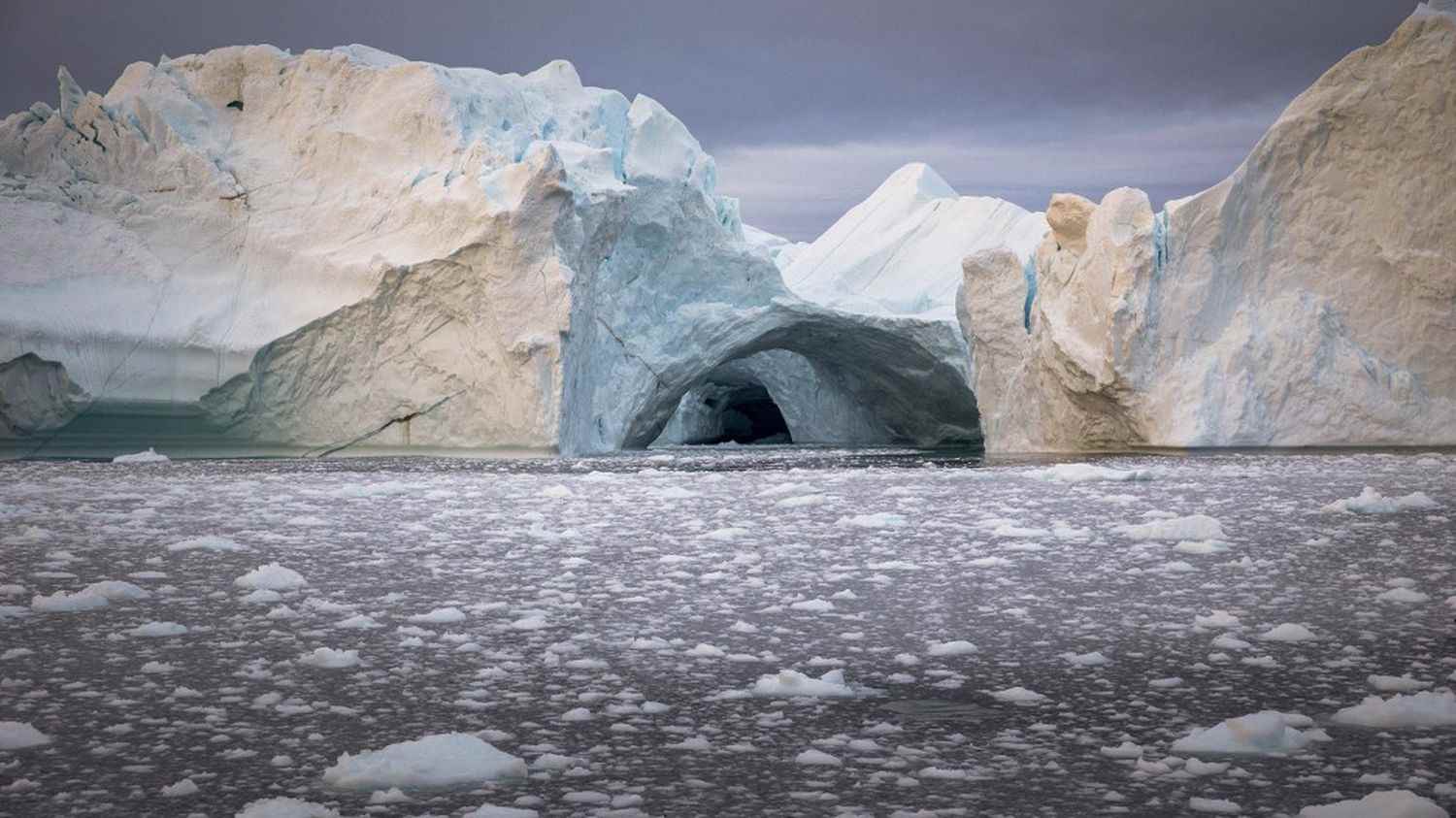Specialists speak of a “feedback loop”.
Article written by
Posted
Reading time : 1 min.
Global warming feeds, among other things, on self-sustaining mechanisms. For example, with melting sea ice bottoms, white surface is lost. But it reflected the sun’s rays more than the darker ocean. This leads to an increased temperature rise. In the end, the pack ice melts even more. This type of vicious circle is called by scientists “feedback loop”. Researchers published Friday, February 17 in the journal One Earth the most complete list to date, according to them, of these chain reactions.
In total, the researchers counted 41 climate feedback loops: 27 positive, that is to say reinforcing global warming, seven negative, and seven with an effect that is still uncertain. To establish this list, the researchers reviewed all the scientific literature on the subject. Some feedback loops have been discovered recently, and others may be discovered in the near future, the study notes.
“The future of a habitable planet could be at stake”
Their intensity can vary over time, and while some can act over the very long term, they can also one day or another come to an end (permafrost completely thawed, sea ice completely disappeared). “If we can get a much better understanding of the feedback loops and make the necessary changes (…) we might still have time to limit the damage”explains the study. “Conversely, if the worst risks posed by feedback loops and tipping points have been underestimated, the future of a habitable planet could be at stake.”
The effects on the planet could be underestimated by current climate models, the accuracy of which is nevertheless crucial to guide political decision-making, particularly in terms of greenhouse gas reduction. The researchers therefore call for a “huge international mobilization” of the scientific community to better assess the impact of these feedback loops. In particular, they are calling for an additional report from the IPCC, the UN’s group of climate experts, dedicated to this problem.
